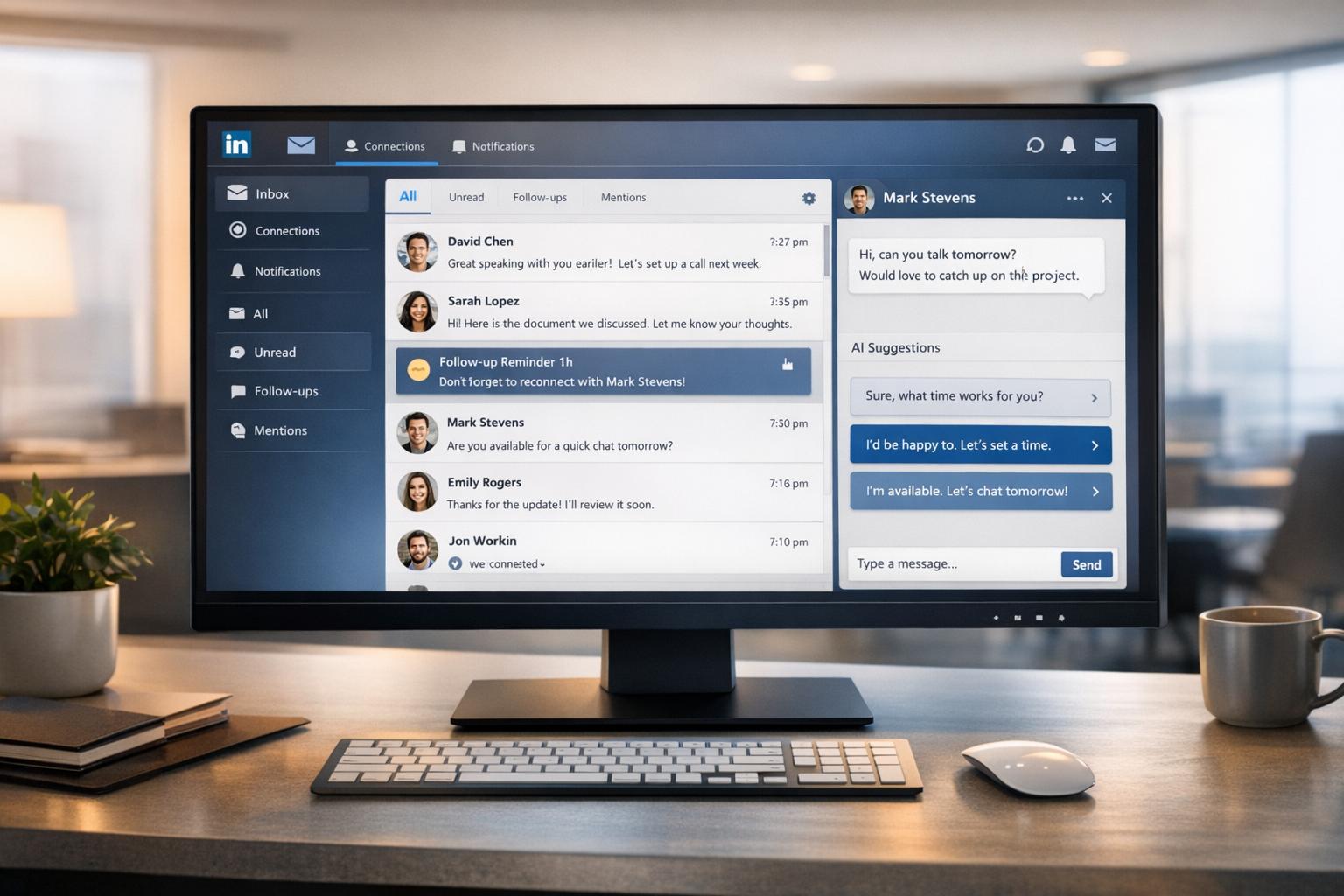
Boost Your Sales with Smart Follow-Up Timing
In the fast-paced world of sales, knowing when to reach out again can make or break a deal. A well-timed follow-up shows persistence without crossing into pushy territory, and it’s a skill that separates top performers from the rest. That’s where a strategic approach to scheduling outreach becomes invaluable.
Why Timing Matters in Sales Outreach
Picture this: you’ve had a great call with a prospect, but they’re not quite ready to commit. Reach out too soon, and you risk seeming desperate; wait too long, and they might forget you entirely. Finding that sweet spot is tricky, especially when juggling multiple leads with different responses and timelines. A thoughtful follow-up planner can help by analyzing key details—like the nature of your last interaction and the length of your typical deal cycle—to suggest the perfect moment to reconnect.
Tailored Strategies for Better Results
Every prospect is unique, and so should your approach be. Whether they’re showing interest or have gone quiet, having a system to guide your next step ensures you’re always moving the conversation forward. With the right tools, sales reps can focus less on guesswork and more on building relationships that convert.
FAQs
How does the tool decide the best follow-up timing?
Our planner uses a mix of sales best practices and the inputs you provide. For instance, if a prospect didn’t respond to an email in a short sales cycle, it might suggest a follow-up in 3-5 days via email to keep the conversation warm without seeming overeager. We factor in the type of interaction, their response, and cycle length to balance persistence with professionalism. It’s all about striking the right tone at the right time.
Can I trust the tool to avoid being too pushy?
Absolutely. We’ve built this tool with sales etiquette in mind. It won’t suggest bombarding a prospect with daily messages or following up too soon after a decline. Instead, it spaces out recommendations—like waiting a week after a ‘no response’ in a longer cycle—so you come across as thoughtful and respectful. You’ll build trust, not annoyance.
What if my sales cycle doesn’t fit the short or long options?
We’ve designed the tool around common sales cycles—short (1-2 weeks) and long (1-2 months)—to cover most scenarios. If your cycle is unique, pick the closest option, and the tool will still provide a solid starting point. You can always tweak the suggested date based on your gut or specific industry norms. Think of it as a guide, not a strict rulebook.


.avif)


